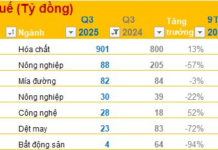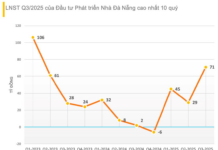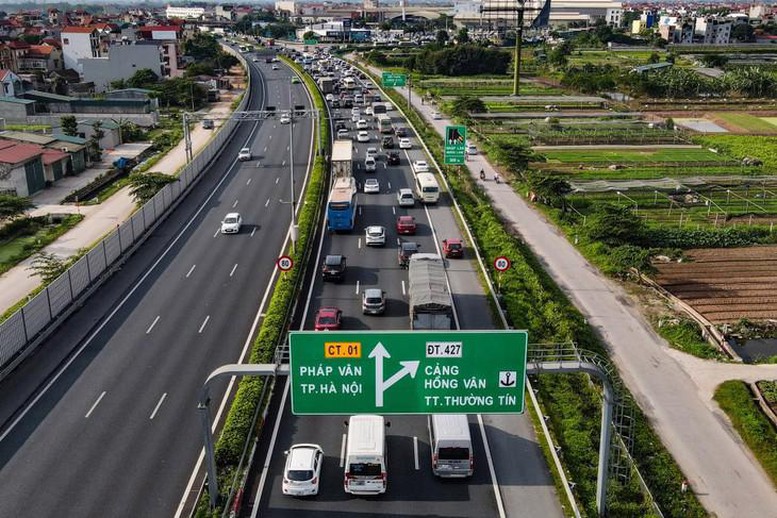
The adjustment of the scale is based on updating the National Master Plan regarding GDP growth rate, increasing transport demand; regional development orientation, prioritizing the construction of expressways connecting Hanoi, Ho Chi Minh City, and Can Tho with localities within and outside the region – Illustrative image
In the dossier sent to the Ministry of Transport, the Vietnam Road Administration proposed adjusting the scale of 4 expressway sections, supplementing the planning of 2 new expressways, adjusting the scope of 4 expressways, and adjusting the investment progress of some sections.
Supplementing 2 New Routes and Adjusting 4 Existing Ones
The expressways with adjusted scales include: North-South Expressway, Eastern Section from Phap Van to Phu Thu (Ha Nam), Ben Luc (Long An) – Trung Luong (Tien Giang) Section, Can Tho – Ca Mau Section, and Noi Bai – Bac Ninh – Ha Long Expressway.
Accordingly, the Phap Van – Phu Thu section is adjusted from 8 lanes to 10 – 12 lanes; the Ben Luc – Trung Luong section is adjusted from 6 lanes to 10 – 12 lanes; and the Can Tho – Ca Mau section is adjusted from 4 lanes to 6 lanes.
This scale adjustment is based on updating the National Master Plan regarding GDP growth rate, increasing transport demand; regional development orientation, prioritizing the construction of expressways connecting Hanoi, Ho Chi Minh City, and Can Tho with localities within and outside the region; and updating the orientation of Hanoi, Ho Chi Minh City, and Can Tho as the dynamic growth poles of the Northern, Southern, and Mekong Delta regions, respectively.
These expressways have high traffic volume and transport demand, serving as gateways connecting Hanoi, Ho Chi Minh City, and Can Tho with other provinces. Therefore, it is necessary to adjust the Phap Van – Phu Thu, Ben Luc – Trung Luong, and Can Tho – Ca Mau sections to 10-12 lanes and 6 lanes, respectively, to meet the future development needs of these regions.
Similarly, the Noi Bai – Bac Ninh – Ha Long Expressway is adjusted from 4 to 6 lanes because it is one of the two expressways on the Lao Cai – Hanoi – Hai Phong – Quang Ninh economic corridor. Thus, based on regional development and economic corridor priorities, it is necessary to adjust the scale of the Noi Bai – Bac Ninh – Ha Long Expressway.
In addition to scale adjustments, the draft planning also proposes the addition of two new expressways: Ca Mau – Dat Mui and Quang Ngai – Kon Tum.
RELATED NEWS
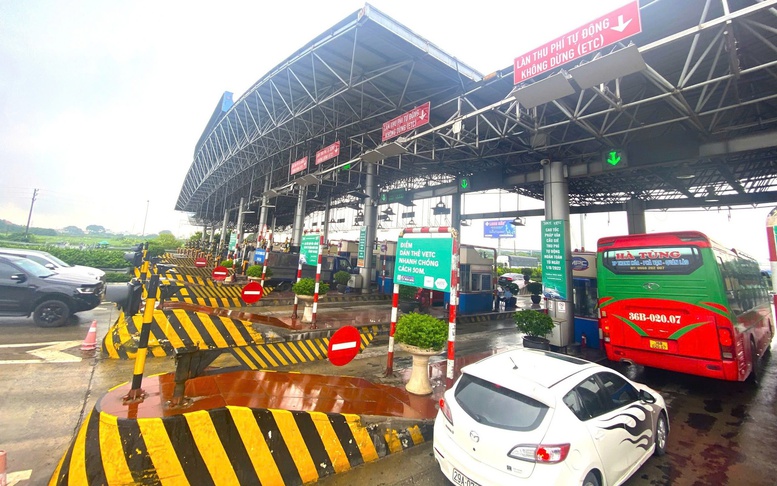
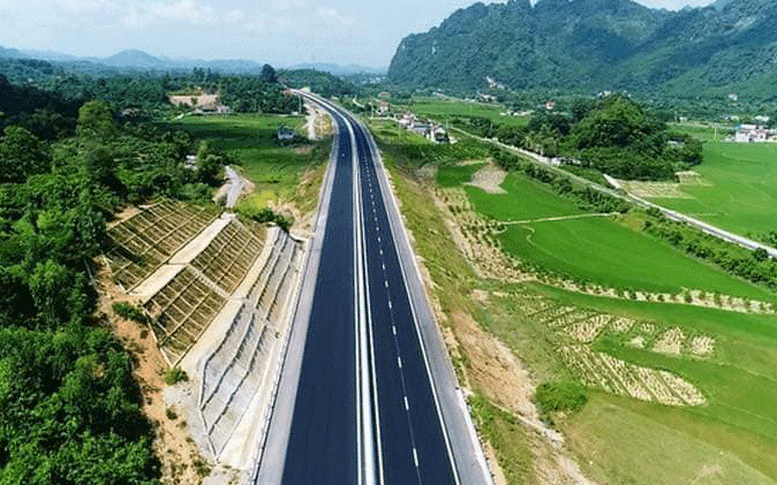
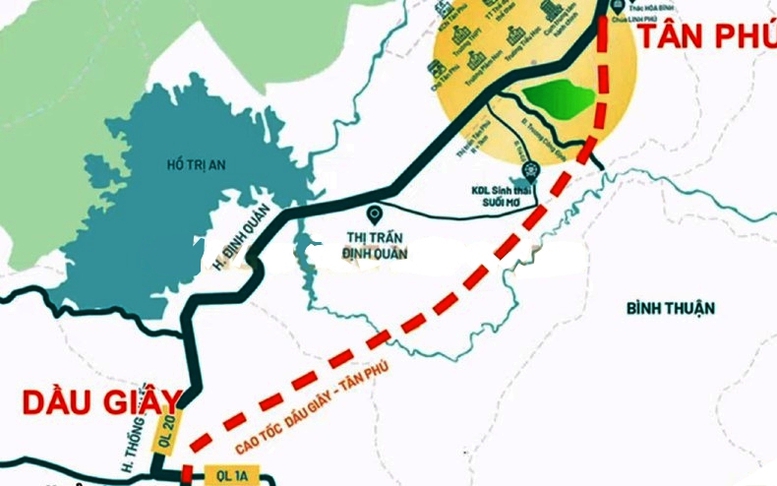
Accordingly, the Ca Mau – Dat Mui Expressway, with a length of about 90km and a scale of 4 lanes, and the Quang Ngai – Kon Tum Expressway, with a length of about 136km and a scale of 4 lanes, are proposed to be completed before 2030.
Additionally, several expressways have had their scopes adjusted, including the Ninh Binh – Hai Phong Expressway, the Cam Lo – Lao Bao Expressway, the Quy Nhon – Pleiku Expressway, and the Ho Chi Minh City – Moc Bai Expressway.
The starting point of the Ninh Binh – Hai Phong Expressway has been adjusted from Ninh Binh City to Yen Mo District (south of Ninh Binh City), resulting in a total length of approximately 117km. The starting point of the Cam Lo – Lao Bao Expressway has been adjusted from Dong Ha City (Quang Tri Province) to Trieu Phong District, with a total length of about 56km after the adjustment.
The starting point of the Quy Nhon – Pleiku Expressway has been adjusted from Nhon Hoi Port, Binh Dinh Province, to An Nhon Town, Binh Dinh Province. The total length of this expressway after the adjustment is about 123 km. The Ho Chi Minh City – Moc Bai Expressway has had its ending point adjusted from Moc Bai Border Gate to Ben Cau District, Tay Ninh Province.
43 Expressways with a Total Length of Over 9,200km
With the above adjustments and supplements to the expressways, the expressway network according to the master plan approved by the Prime Minister has increased from 41 routes with a total length of about 9,014 km to 43 routes with a total length of about 9,234 km.
The Northern region has 14 routes with a total length of about 2,305 km, which has increased to about 2,313 km. The Central and Highlands regions have 11 routes with a total length of about 1,496 km, up from 10 routes with a total length of about 1,431 km. The Southern region has 11 routes with a total length of about 1,380 km, increased from 10 routes with a total length of about 1,290 km.
Regarding the North-South Expressway, Eastern Section, from Huu Nghi Border Gate, Cao Loc District, Lang Son Province, to Ca Mau City, Ca Mau Province, with a total length of about 2,063 km, the scale has been upgraded from 4 to 10 lanes to 6 to 12 lanes, while the length remains unchanged.
After adjusting and supplementing the expressways, the total length of the expressway network planned by 2050 is about 9,234 km (an increase of about 220 km compared to the previous plan). Of these, about 6,754 km are expected to be invested in before 2030 (an increase of about 633 km), and about 2,480 km are planned for investment after 2030.
Explaining the planning adjustments, the Vietnam Road Administration stated that on September 1, 2021, the Prime Minister approved the road network planning for the period of 2021-2030, with a vision towards 2050. Subsequently, the Politburo passed nine resolutions on socio-economic development orientation and national defense and security for six socio-economic regions and localities. The National Assembly also passed Resolution No. 81/2023 on the National Master Plan, and the Prime Minister approved various sectoral and provincial planning schemes, all of which have had an impact on the road network planning. These political and legal bases have led to the necessity of adjusting the road network planning.
The Vietnam Road Administration also proposed adjusting the investment progress of some sections of the North-South Expressway, Western Section, specifically delaying the investment of the Ngoc Hoi – Gia Nghia section from before 2030 to after 2030.
The following expressway sections have had their investment progress adjusted from after 2030 to before 2030: Son La – Dien Bien, Bac Kan – Cao Bang, Tuyen Quang – Ha Giang, Quy Nhon – Pleiku – Le Thanh (Quy Nhon – Pleiku section), Go Dau – Xa Mat, Hong Ngu (Dong Thap) – Tra Vinh (Dinh Ba Border Gate, Dong Thap – Cao Lanh section), and An Huu (Tien Giang) – Tra Vinh.













